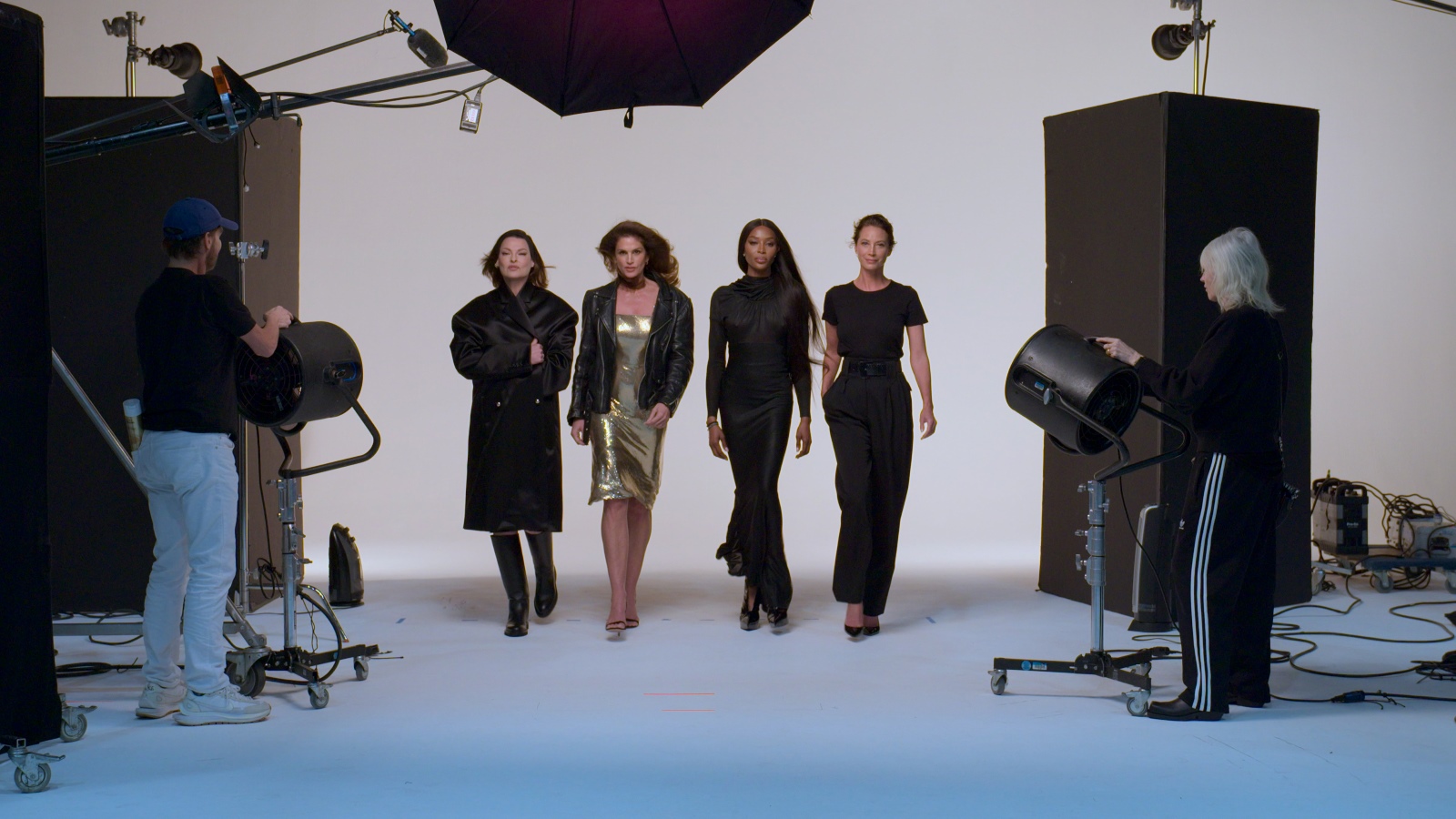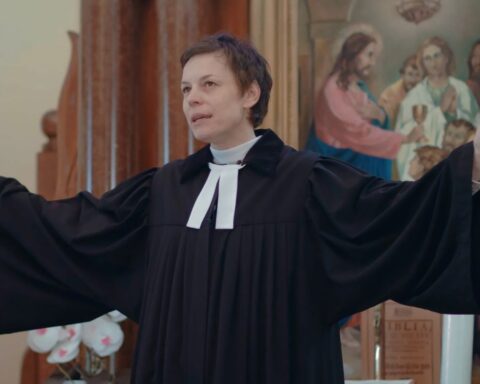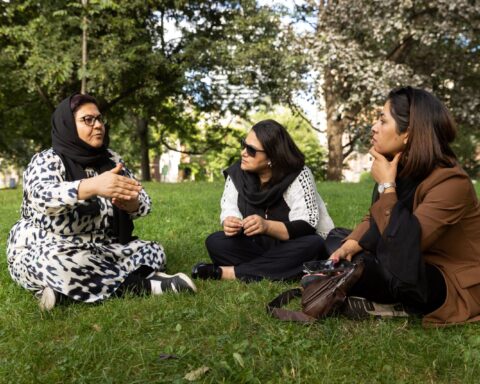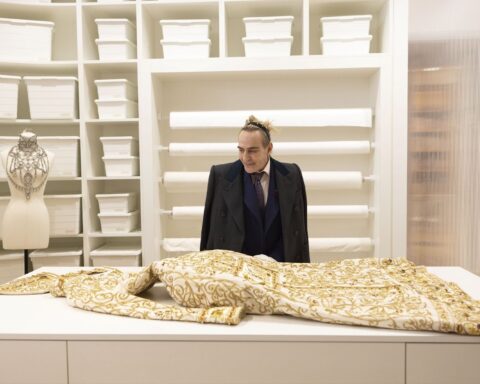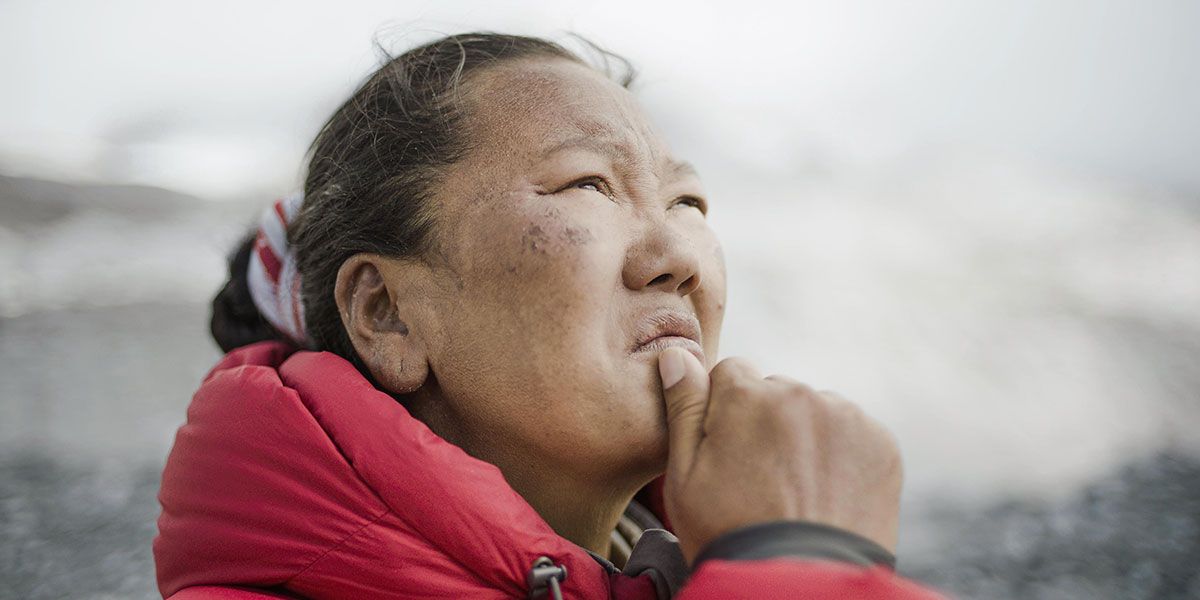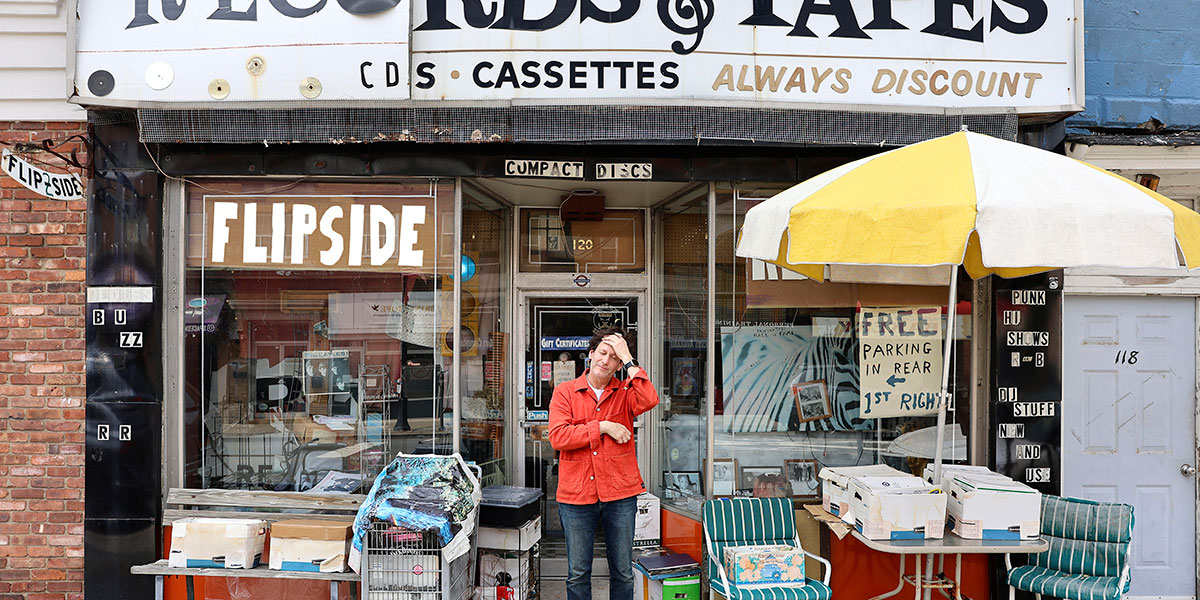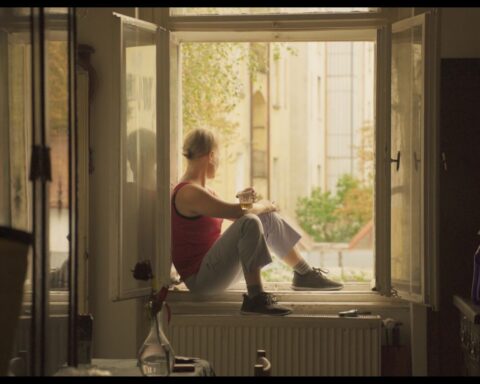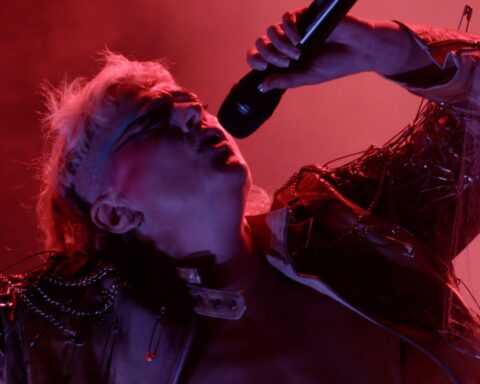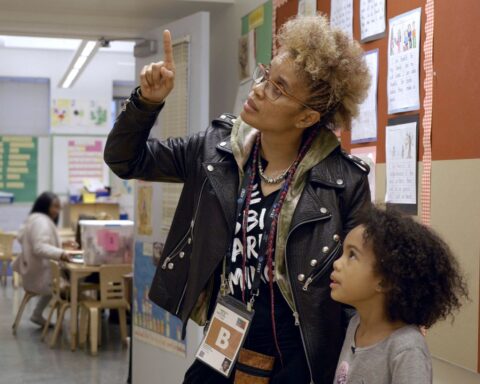Naomi Campbell. Cindy Crawford. Linda Evangelista. Christy Turlington. They’re four of the most recognizable faces on the planet. After serving face on magazine covers and runways, they’re now stepping in front of the camera for the documentary series The Super Models. The doc, which debuted September 20 on AppleTV+, explores the world of high fashion through the perspectives of these four women who’ve driven a generation of tastes and trends. On one hand, the series offers a blast from the past with incredible looks from the 1970s, 1980s and 1990s, some of which have aged far better than others, but the archives and interviews illustrate how these cover girls were driving a movement of women’s empowerment. Some of the archival clips are downright cringe-worthy with talk show hosts from Dick Cavett to Oprah Winfrey treating supermodels as little more than coat-hangers.
However, directors Larissa Bills (On Pointe) and Roger Ross Williams (Love to Love You, Donna Summer) take stock of these four influential careers by inviting the fashion icons to revisit their careers in their own words. There are stories of overcoming sexism and fighting for agency, like when Evangelista recalls a horrifying trip to Japan at the beginning of her career and facing a designer who chopped off her beautiful hair to help serve a look without her consent. Campbell confronts a history of racism in the fashion industry and of often being the odd one out, from her early days while being raised by her single mother to present when the fashion industry still has work to do to achieve inclusive representation. Crawford and Turlington, meanwhile, look back on key campaigns that transformed models from mere faces: these four women created brands and helped build fashion empires, empowering women by giving them more freedom to express themselves.
POV caught up with director Larissa Bills ahead of The Super Models’ premiere to discuss working with these four women and diving into decades of fashion.
POV: Pat Mullen
LB: Larissa Bills
This interview has been edited for brevity and clarity.
POV: I’ve been following this project for a while. I first heard of it in 2020 when it was announced that Barbara Kopple was attached to direct. How did you became involved directing alongside Roger Ross Williams, and what was your relationship with Kopple in her role as executive producer on the series?
LB: Barbara was the director prior to Roger and I being approached, and my understanding was that she had timing issues because it was COVID and everything was a schedule cluster, so to speak. Roger and I were approached to do the project in the summer of 2021 and we just wrapped, so this has been a two-year process, which is pretty intense. Barbara stayed on as an executive producer along with Brian Grazer and Ron Howard and the four women.
POV: What attracted you to the project and to the stories of the four supermodels?
LB: I’m around the same age, so I feel like I grew up with their covers, their images, and the George Michael video [“Freedom”]. For me, it was like going down memory lane: every single piece of footage, every MTV clip was great in terms of the nostalgia factor. I can’t really speak for Roger, but he’s of a similar age. We both moved to New York in the late ’80s, so we had a visceral understanding of what the world was, and it was certainly fun to dive back into it.
POV: What was the division of labour between you and Roger? How does co-directing a project like The Super Models work?
LB: Roger conducted interviews and we tag-teamed based on schedule. A lesson that I learned was that the fashion business does not wait for anyone. They were very accommodating to us, but it’s such a moving target, and these people are everywhere. They have very high demand in their jobs, so scheduling was really challenging. I think that having the two of us was a good balance. Also, Roger came up through the club culture of New York, and I was really into the fashion aspect of the story, so we really complimented each other in terms of what we each could bring to the table.
POV: When you were revisiting music videos, TV shows, and magazine that you had seen growing up, how did things hold up?
LB: For some of the fashion I was like, “Whoa!”
POV: There are some great looks.
LB: There were, but what was surprising was how well so much of it held up. Maybe it’s this return to ’90s nostalgia that we’re seeing now, which I don’t quite get because it doesn’t feel like it was that long ago. It’s funny to see some of these things come around. Certainly with high fashion, the couture and the fashion that the women were wearing, a lot of it could still stand up today.
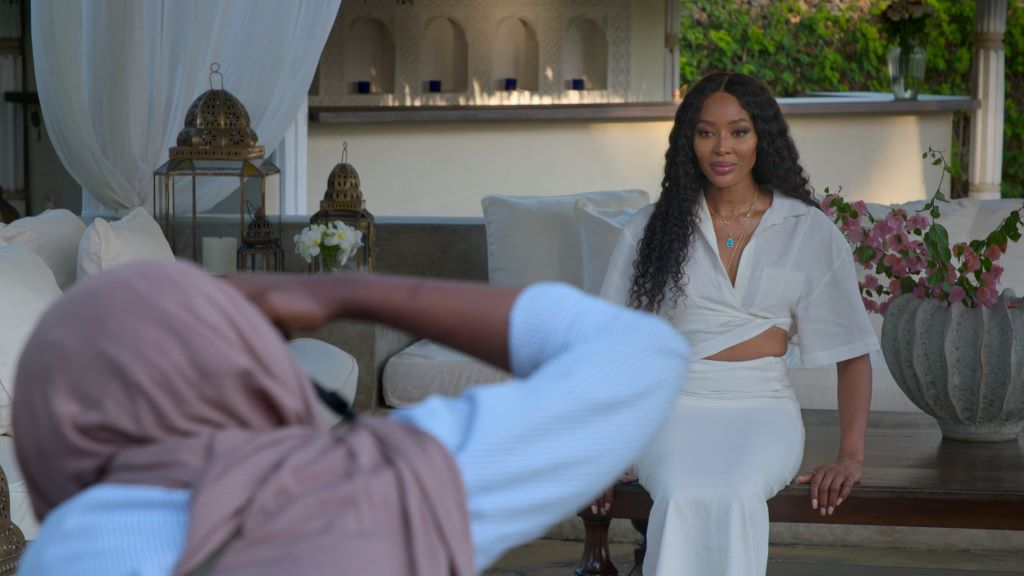
POV: There’s a part in the first episode where Dick Cavett is talking with modelling agent Eileen Ford and he makes a comment that “powerful” isn’t a feminine word. I was struck by the sexism in the talk shows. You’ve done a lot with sexuality and gender prior to The Super Models, producing work like Cathouse and Real Sex, so how has the term “powerful” evolved in relation to femininity in the years since that conversation between Cavett and Ford?
LB: I have dealt with a lot of that with the female image, and I continue to come back to this idea that power and femininity or beauty are not exclusive of each other. I don’t love that moment [between Cavett and Ford] as a feminist, but I love that moment as a showcase of what things were like and how you would say in the early 1970s that powerful is not something we associate with women. Meanwhile, our women are going to ramp up to become some of the most powerful figures in the fashion industry.
POV: How did you decide to present the models on screen? You have four really iconic faces in this series, so were there conversations about where to draw of a line in terms of having a glam squad versus showing them without makeup and unvarnished?
LB: As the series progresses, it’s structured with these formal sit-down interviews, for which we did have hair, makeup, and lighting along with all the archival footage. Then there are vérité moments where the women are in their own habitats—they’re working or they’re arriving to a set. With these layers, you see their progression. You see them clean-faced here and there, but then you have all this archival where they’re young and they’re at the height of beauty. For the interviews, we wanted to go for something clean and ensure they were recognizable. We didn’t want to strip it down entirely, but we didn’t want to over-style it. They are some of the most recognisable faces in the world, so it was important to let that shine through aesthetically.
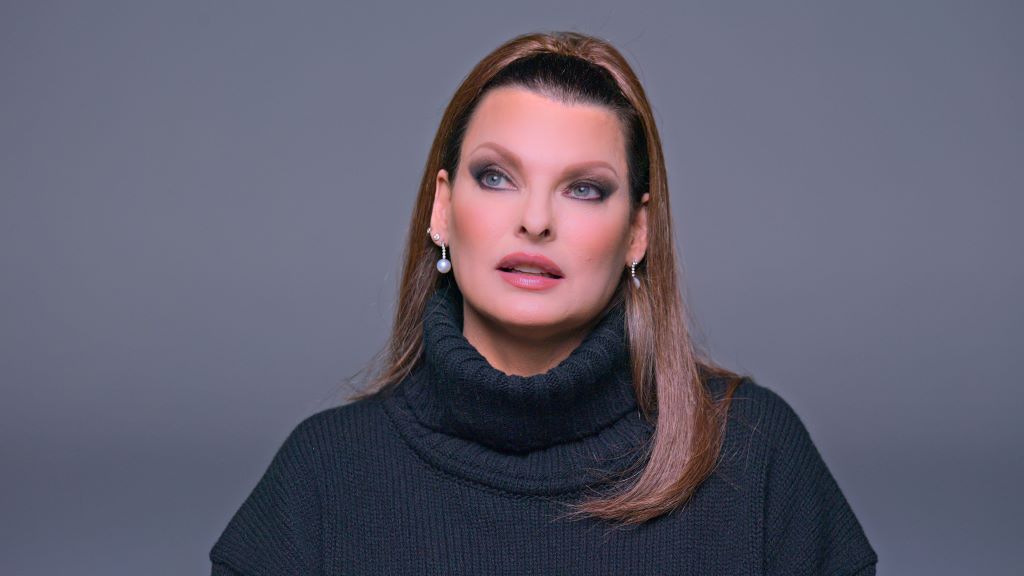
POV: When you have four very prolific careers, how do you choose what to distil when it basically breaks down to hour per person?
LB: We had to think about each of their linear stories and then what are the touch points of the supermodels themselves. Then you have a whole layer of culture underneath it. I actually made a chart that was each of their timelines lined up with world events, music, and movies so that I could see what was going on here and when in each instance. You start to see connections that you wouldn’t necessarily have seen. For instance, when the Soviet Union collapsed, there was a plethora of Eastern European models. This is in the ’90s, and you started to see those models walking Prada very uniform. It blew the supermodel thing away because, all of a sudden, there were all these young Eastern European girls. Linda actually told me that fact. When I dove into it, it was so interesting to think that this geopolitical event had an effect on modelling, which had an effect on fashion, which had an effect on consumerism. I love the fashion, the beauty, these women, and the nostalgia trip, but there were connections that were fascinating.
POV: What surprised you most about the models while learning their stories?
LB: At first, it was just hearing them speak. We’ve heard them or seen them in commercials, or you’ve seen Cindy on a talk show, but to have them come to life in front of us as normal people was extraordinary. Then, in the course of learning more about their stories, interviewing them, and prepping for the interviews—or in the case where we went with Naomi to Fashion Week—the humanity they displayed was not that surprising, but you’re realising these are real women. These are women with vulnerabilities. These are women with their own insecurities. But these are also extraordinary women who are very loyal, very giving, have families, and that was really cool. It’s like your magazines come to life, but they’re good friends.
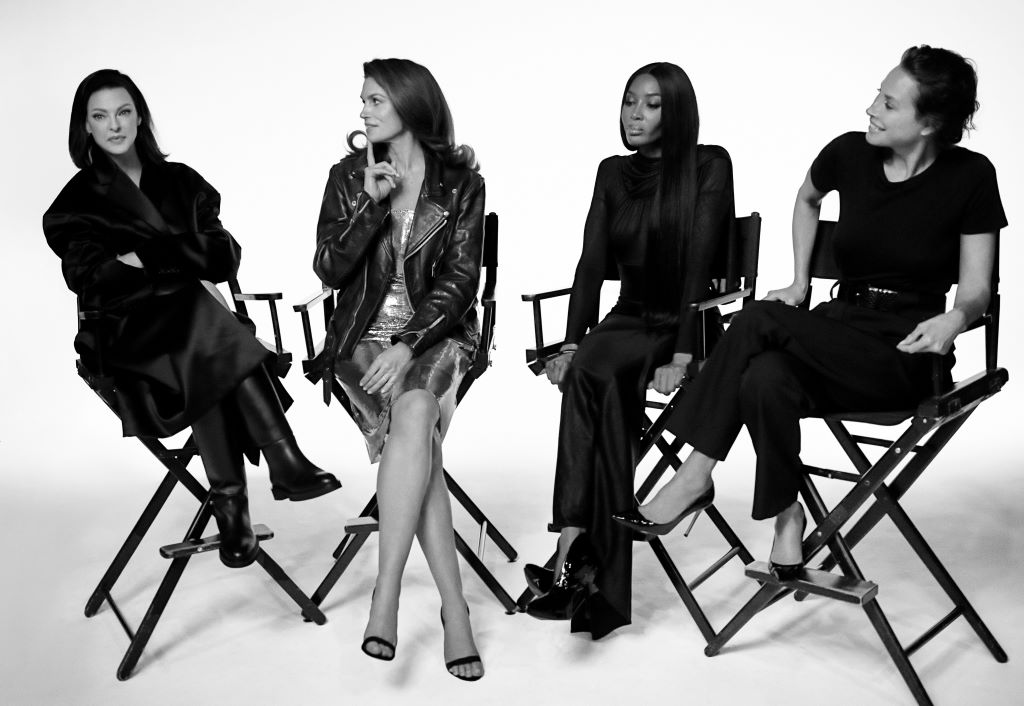
POV: Looking at the supermodels’ careers and how they talk about how there were “the print models” versus “the runway models,” how do you see the relationship between print and fashion in 2023 with younger generations and social media?
LB: To me, they’ve entered the pantheon of great art subjects in a way. We spoke with the head of photography at Sotheby’s, who said they’re like the Mona Lisa of today. Women have been portrayed in art and paintings for centuries. These women are the subjects of some of the best fashion photography—or the best photography in general—from the past 30 years and the past century. From an art history perspective, it’s fascinating because it’s the first time that Mona Lisa had a say or could command the price that she was worth for her day rate. That sort of empowerment is unique to them and could only have happened at that time. It has subsequently, for better or for worse, fed into where we are today.
POV: In your previous documentary On Pointe, you were following young dancers in a ballet corps. How is it telling the stories of very young, innocent subjects versus people who are basically veterans of the camera?
LB: It was a different animal in that On Pointe was following those subjects through their experience, whereas this is more of a retrospective. It’s actually more alike than I would’ve thought because there is a performative aspect to it. When that performative aspect is down and that guard is down, then there’s a lovely truth and connection, which I was fortunate to experience on both projects. A friend of mine did say to me, “You’ve got to do something next that it doesn’t deal with very thin women.” I said, well, “Who’s to say that models are all very thin?” So much has changed in the industry with body positivity.




